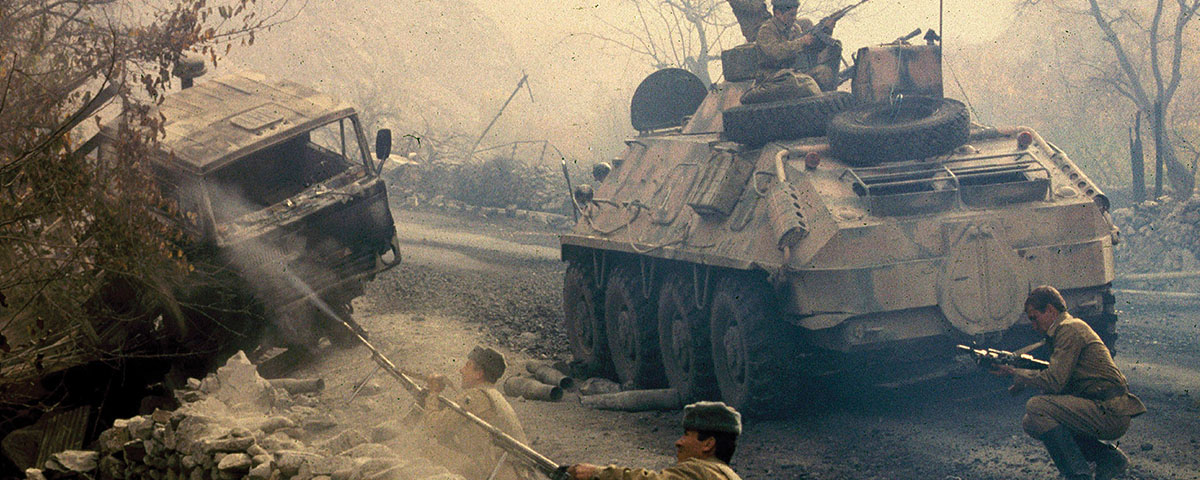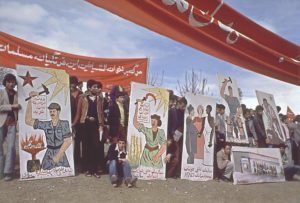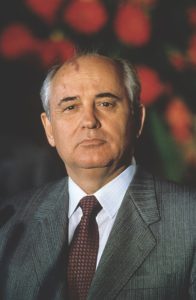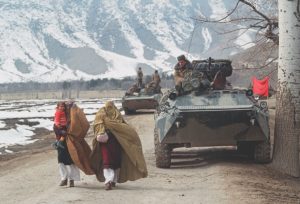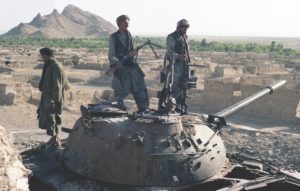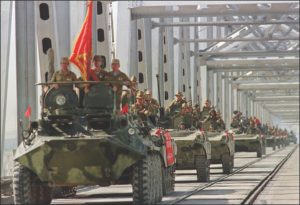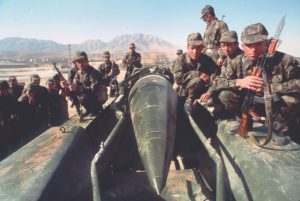History has singled out certain countries as natural poison to any power with the hubris to invade them. Even if successfully overrun, such regions prove impossible to control, ultimately wearing down each invader until it throws up its hands and leaves. The United States was neither the first nor the last to learn that about Vietnam, much as the Soviet Union was neither the first nor the last to learn that about Afghanistan.
In the wake of a bloodless 1973 coup ousting Afghan King Mohammed Zahir Shah, President Mohammed Daoud Khan established a socialist-leaning republic. His tenure lasted until 1978, when a faction of the communist People’s Democratic Party of Afghanistan (PDPA) overthrew Daoud—executing him and his family for good measure—and installed Nur Muhammad Taraki as president. In October 1979 Prime Minister Hafizullah Amin, a rival within the PDPA, overthrew and killed Taraki. That Christmas Eve the Soviets moved to “restore stability” with an invasion that quickly secured Kabul, killed Amin and installed the more pliable Barbrak Karmal as head of state. The Soviets’ tactical triumph turned into a strategic fiasco, as they spent the next decade battling Afghan mujahedeen. Faced with continuing instability, Soviet General Secretary Mikhail Gorbachev withdrew the last troops in February 1989. But the damage was done, as the Afghan debacle helped prompt the collapse of the Soviet Union itself.

